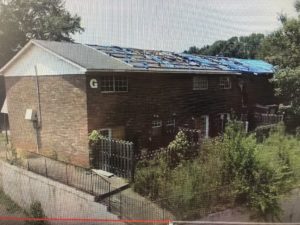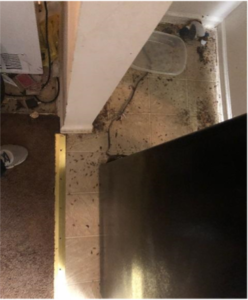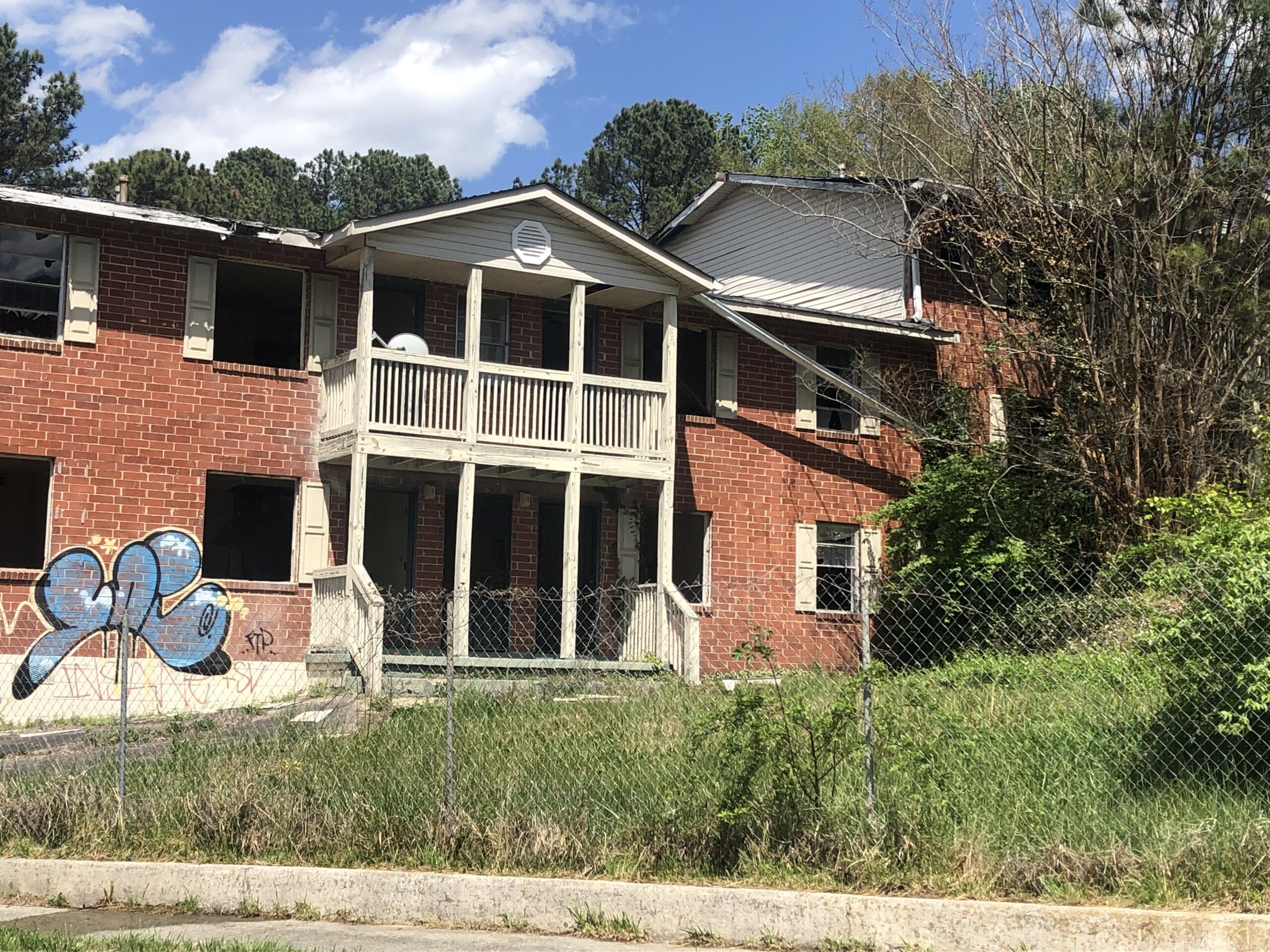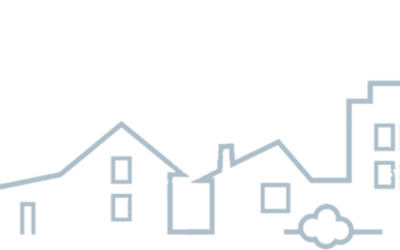
In 2017, my partners and I were offered the opportunity to purchase this 244-unit severely blighted/boarded-up apartment community in Southeast Atlanta called Summerdale Apartments. Should we buy it? Would you buy it? First some background.
My company TriStar purchases older legacy apartment communities near low performing schools and

use housing to stabilize families and improve education. I’ve owned and managed over 3,000 units and knew from experience the major challenges associated withrenovating this type of blighted and boarded-up property. First challenge: Summerdale was built in two separate phases across the street from each other. Phase I is predominately 144- 2 bedroom/1.5 bath brick townhome units built from 1971-1974 and Phase II is 100 modern 2/3 bedroom/2 bath flats building in 1998. Each phase was controlled by entrenched active violent drug syndicate and gangs. It was not difficult to see the criminal activity in the form of dozens of loitering men concentrated around the property and significant vehicular traffic circulating around both phases. The Atlanta Police vehicles were a daily occurrence, sometimes 911 was called five times a day. The criminal activity was verified by the 2017 Atlanta Police call records which documented 344 official 911-calls to the police of which 206 were for violent crimes including armed robberies, gun fire, sexual assault, fights, suicide and stolen goods. And these were the crimes that were documented. We estimated that for every 911 dispatch call, there were three crimes that were never called into 911. The drug dealers who controlled the property, probably chose to take care of criminals in their own manner verses calling 911 and the APD, whose arrival usually disrupted their business.
Second challenge: Approximately 45% of the property was boarded up with a history of code violations. A renovation would have to be vetted through the complex City of Atlanta permitting process and understandably,

the City was not a fan of Summerdale apartments. The City of Atlanta uses two different building codes that contradict each other and make renovation of older apartment communities burdensome, expensive without a predictable clear path. I have renovated a similar severelyblighted apartment community and the cost of life safety ranged from $50,000 to $3,600,000 depending on the mood of the fire marshal when interpreting the code.
Third challenge: There was 120 families living at the property with 68 children enrolled the nearby Cleveland Avenue Elementary school – a high-transient, low performing school in the Atlanta Public School. Students matriculated from Cleveland Avenue Elementary to Long Middle School, with an official State Grade ”F”, and then matriculated to South Atlanta High School another higher-transient, low-performing high school with an official State Grade of “F”. Parents did not want to raise their children in this immediate Cleveland Avenue neighborhood with a low-performing public school system. Fourth Challenge: Summerdale was severely infested with roaches and rodents. This toxic environment is a pre-curser to health issues like asthma – since roach excrement triggers asthma in children. Not good. The roaches and rodents had to go and much of this issue was triggered by the housekeeping habits of the tenants. We had to change the tenant “blighted mentality” culture.
Fourth Challenge: Phase II of the property was built in 1996 with a federal HOPE VI grant which required 74 public housing units for 35 years. The HOPE VI grant program was defunct and Summerdale was in default having not complied in years. If we purchased the property, there were about a thousand pages of federal compliance rules that we had to follow at cost unknown. The additional cost of compliance could add $millions to the renovation cost, thus jeopardizing our ability to offer rents affordable for the average household income in the area.
 Final challenge: The average median income for the neighborhood and property was approximately $26,500 per year, or at the U.S. poverty line. It was clear the renovation would costs $millions which would be funded by debt adding costs to the monthly mortgage payment. It was probable that the neighborhood families could not afford the new rental rates necessary to fund the monthly expenses, debt and renovation costs, so we could be renovating a property that was not in a profitable, sustainable economic business model.
Final challenge: The average median income for the neighborhood and property was approximately $26,500 per year, or at the U.S. poverty line. It was clear the renovation would costs $millions which would be funded by debt adding costs to the monthly mortgage payment. It was probable that the neighborhood families could not afford the new rental rates necessary to fund the monthly expenses, debt and renovation costs, so we could be renovating a property that was not in a profitable, sustainable economic business model.
Back to the question: would you purchase a property with an entrenched dangerous criminal culture, roach/rodent infestation, in regulatory purgatory, with a low-performing school in an area with high concentrated poverty?
That’s exactly what we did and this Blog series documents how we did it.


